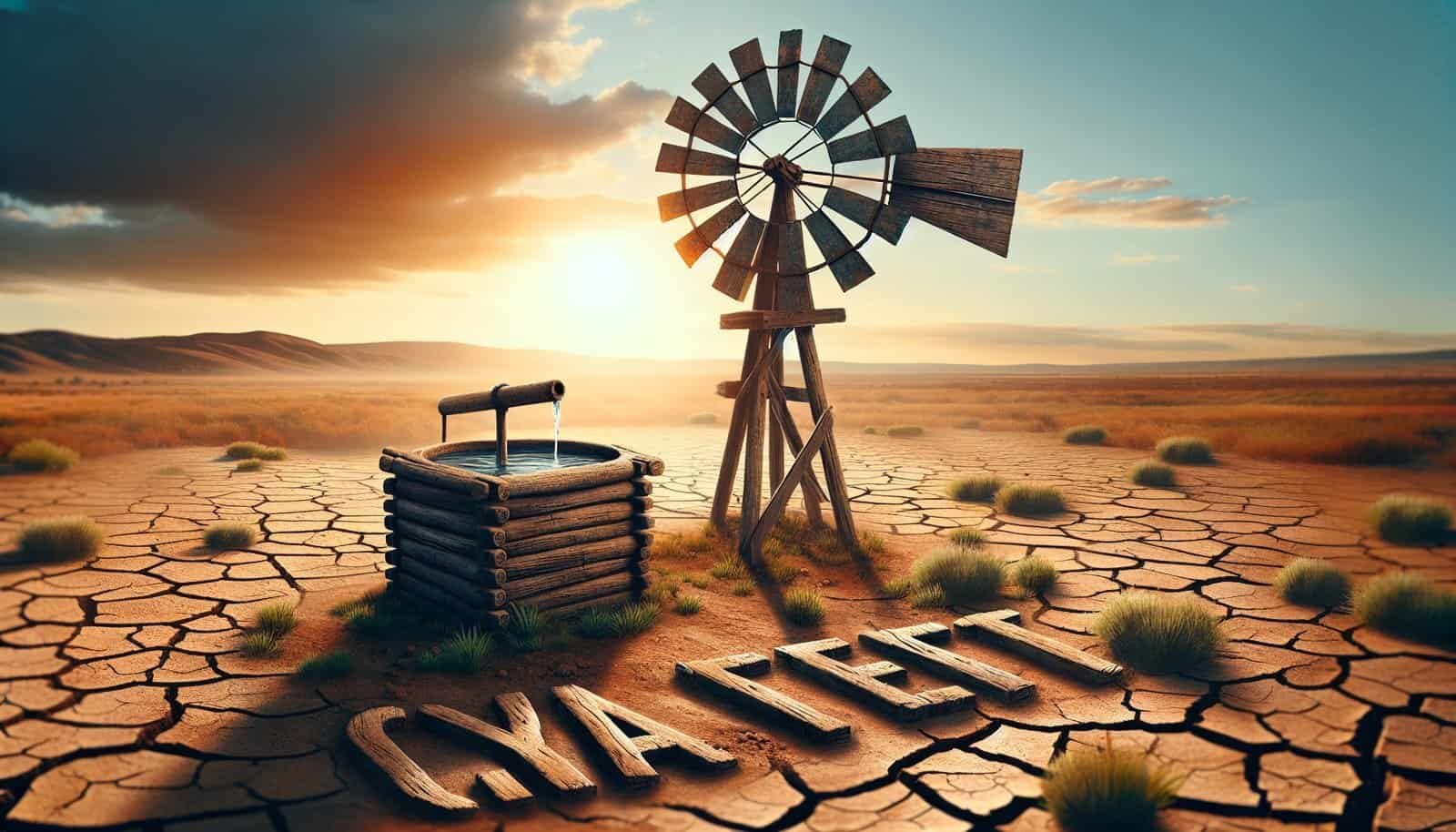Have you ever wondered what happens when a well, a vital source of water for many communities, suddenly fails? The disruption caused by a failed well can have a significant impact on the daily lives of those who rely on it. This predicament can lead to a frantic search for solutions and the organizations that provide the much-needed emergency assistance when such crises arise.
Understanding which organizations can assist during such situations can empower you and your community to react promptly and effectively, minimizing the interruption to your water supply. Let’s explore the various organizations that offer emergency support for well failures, how they operate, and what you can expect from them.

Understanding Well Failures
What Causes Well Failures?
Understanding the root causes of well failures is essential in addressing the problem effectively. Well failures can result from several factors including aging infrastructure, mechanical breakdowns, contamination, or depletion of the water source. Recognizing the signs of impending failure can often aid in taking preventative measures.
The Impact on Communities
When a well fails, the immediate impact is a disruption in water supply, affecting households, agriculture, and sometimes entire local economies. The shortage of clean water can quickly escalate into a health crisis, particularly in rural areas where alternative water sources may be limited. This disruption underscores the importance of having an emergency plan in place.
Organizations Providing Emergency Well Assistance
There are several organizations that offer support and emergency assistance during well failures. These can be broadly categorized into government agencies, non-profits, and private service providers.
Government Agencies
Government bodies at both the federal and state levels often provide emergency assistance for well failures through dedicated programs and funding.
The Environmental Protection Agency (EPA)
The EPA plays a crucial role in ensuring communities have access to safe drinking water. Through its various programs, the EPA offers technical assistance and funding to address emergency situations, including well failures. The Drinking Water State Revolving Fund, for instance, can be utilized to fund repairs and improvements.
U.S. Department of Agriculture (USDA)
The USDA’s Rural Development program provides financial and operational support to rural communities dealing with water infrastructure issues. They offer grants and loans to assist in the repair and rehabilitation of wells, ensuring that communities have access to safe and reliable water.
State Health Departments
Local state health departments often have the frontline responsibility in managing well failure emergencies. They provide crucial guidance, resources, and on-the-ground support to affected communities, helping coordinate with other agencies and organizations to restore water services swiftly.
Non-Profit Organizations
Non-profit organizations often bring a wealth of resources, both in terms of funding and expertise, to address well failures.
Water Well Trust
The Water Well Trust is a notable non-profit that works nationwide to address water access issues. They focus on helping low-income families in rural areas by funding the construction and repair of wells, ensuring communities don’t go without this essential resource.
Lifewater International
Lifewater International focuses on providing sustainable water solutions in developing regions. Their teams work collaboratively with local communities to not just address immediate well failures, but also to implement systems that prevent future occurrences.
Charity: Water
Charity: Water focuses on bringing clean and safe drinking water to developing countries. While their main thrust is building new water sources, they also have initiatives aimed at maintaining existing wells and addressing emergencies like well failures.
Private Service Providers
In addition to government and non-profit organizations, private companies play a vital role in responding to well failures. These companies offer services ranging from inspection and repair, to complete well rehabilitation.
Role of Local Drilling Companies
Local drilling companies can often provide rapid response emergency services, offering expertise in diagnosing problems and implementing repairs. Their local knowledge and resources make them a key player in resolving well-related emergencies swiftly.
Technical Support and Maintenance Services
Technical support companies provide diagnostic and maintenance services that can help prevent well failures. These companies often work closely with well owners to devise preventative strategies, ensuring the longevity of well infrastructure.

The Process of Receiving Assistance
Understanding how to access assistance when dealing with a well failure is vital. Different organizations have varying protocols and requirements, and knowing these can speed up the process.
Initial Assessment
The first step typically involves an initial assessment by the organization to determine the extent of the issue and the necessary interventions. This assessment might involve a site visit and the collection of data to better understand the causes and impacts of the failure.
Applying for Assistance
Most organizations require an application process to access their resources. This can involve filling out forms, providing details about the well and its usage, and sometimes demonstrating the financial need.
Implementation of Solutions
Once assistance is approved, organizations will either coordinate or directly undertake the interventions needed to resolve the well failure. This might include repairs, new construction, or rehabilitation efforts, depending on the assessment outcomes.
Monitoring and Follow-up
After the immediate needs are addressed, many organizations continue to monitor the situation to ensure that the solutions are sustainable. Follow-up support might involve periodic checks, additional technical assistance, or guidance on maintenance practices.

Community Role in Well Maintenance
While organizations provide essential assistance in emergencies, community involvement in well maintenance is crucial in preventing failures.
Educating Communities
Educating well owners and communities about the importance of regular maintenance can go a long way. Workshops and training sessions organized by some of the mentioned organizations can empower you with knowledge on how to maintain wells, recognize the early signs of failures, and implement preventative measures.
Establishing Local Water Committees
Forming local water committees can help oversee the maintenance and management of communal wells. These committees can serve as liaisons with support organizations and ensure that the community’s water resources are managed sustainably.

Future of Emergency Well Assistance
Innovations in Well Technology
Innovations in well technology are paving the way for more reliable water sources. Advanced monitoring systems now allow for real-time tracking of well health, often predicting failures before they occur and enabling quicker responses.
Expansion of Support Networks
There is a growing trend toward expanding support networks for well management, with more collaboration between public, private, and non-profit sectors. This integrated approach aims to create a more resilient infrastructure capable of withstanding the challenges of water scarcity and well failures.
Advocacy for Policy Development
Advocating for policies that support better water management practices and infrastructure investment continues to be important. By engaging with policymakers, communities, and organizations can push for legislative support that strengthens water security and expands emergency assistance frameworks.

Taking Action Today
Now that you are equipped with an understanding of who provides emergency assistance for well failures and how to access their services, you are in a better position to safeguard your community’s water resources. Taking proactive measures today can prevent the challenges and disruptions posed by a failed well tomorrow.
Remember, the timely intervention of these organizations, coupled with effective community involvement, can make all the difference in ensuring uninterrupted access to clean and safe water. So, whether you are a well owner or part of a community that relies on a well, understanding and utilizing these resources is your first step towards maintaining a resilient water supply.
